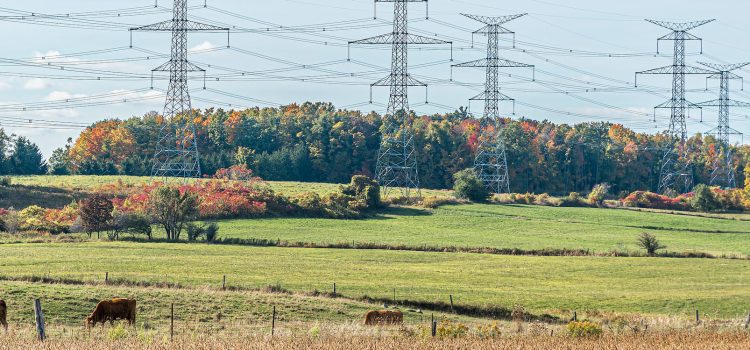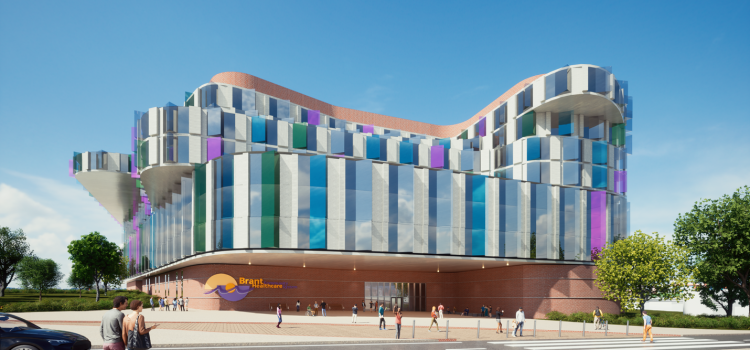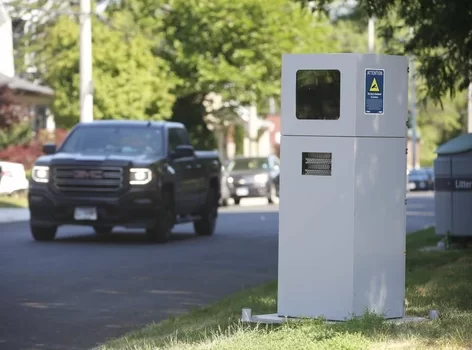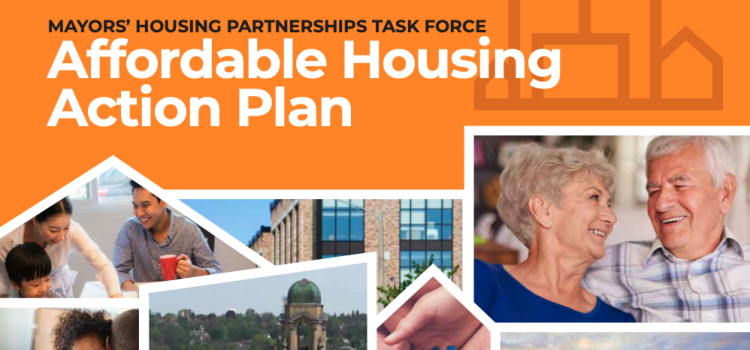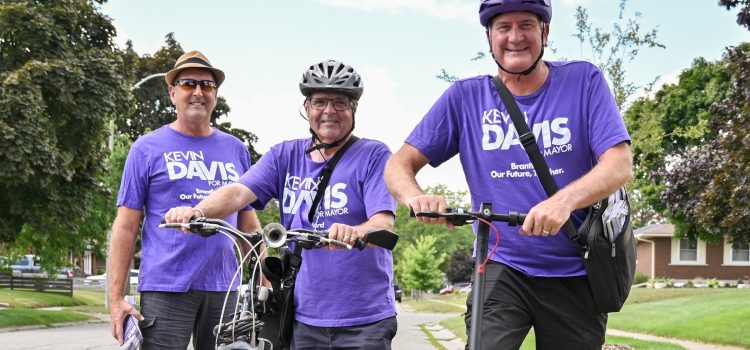If you look at your latest power bill, you’ll see a new logo at the top: GrandBridge Energy.
GrandBridge is a new company, created through the merger of Brantford Power, which was owned by the City of Brantford, and a company called Energy Plus, which was owned by the City of Cambridge and the Township of North Dumfries.
Both companies operate the local distribution systems that deliver electricity supplied by Ontario Power Generation.
Brantford Power had an independent board of directors. A few years ago, the board came to city council and said they had some concerns about the company’s future.
They told us the energy industry is undergoing a substantial transformation. More people are plugging in electric cars. More people are installing solar panels and want a two-way connection to the power grid.
Those kinds of changes would need a big upgrade in the distribution network and other equipment, the directors told us. The problem was, Brantford Power didn’t generate enough revenue to make the investments.
Some other local power companies in Ontario facing similar problems fixed it by putting themselves up for sale. They were bought out by private companies based in Toronto or Alberta. We didn’t want to do that.
So, Brantford Power started discussions with Energy Plus and quickly learned they were in the same position.
We moved into serious negotiations. It took about two years and involved hundreds of hours of work on my part, by Brantford CAO Brian Hutchings and other staff.
The result is GrandBridge, and the merger is already paying big dividends – literally.
The new company is expected to rationalize operating costs by consolidating staff, offices and operations. It can deliver the level of service that customers want. It is big enough to make the investments that are needed.
Cutting costs means GrandBridge will be more profitable, so over the next decade it will pay millions of dollars of dividends to its shareholders – the municipalities of Brantford, Cambridge and North Dumfries. That’s more money available to the municipalities to spend on local services without raising property taxes.
On top of that, hydro rates will be more stable for the next 10 years or so. The amount people will pay for power will be less than had Brantford Power remained on its own.
Stable electricity prices. More revenue for the city. A stronger power distribution system. All delivered by a locally owned and managed company.
That’s a powerful deal for the people of Brantford.

